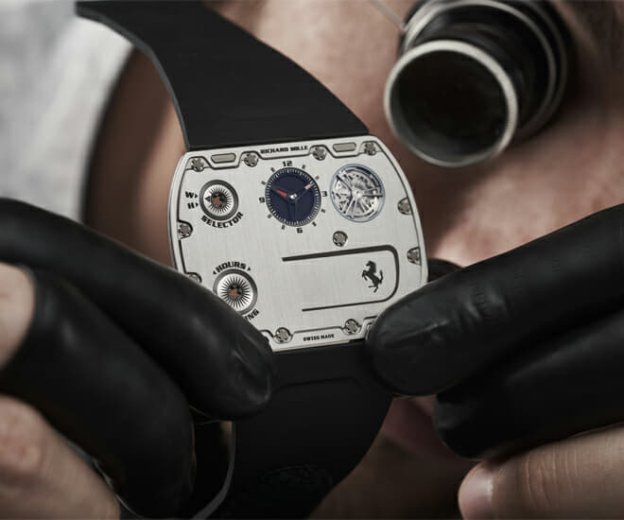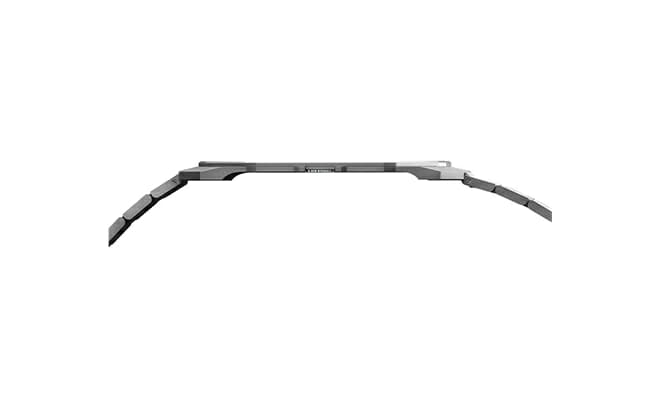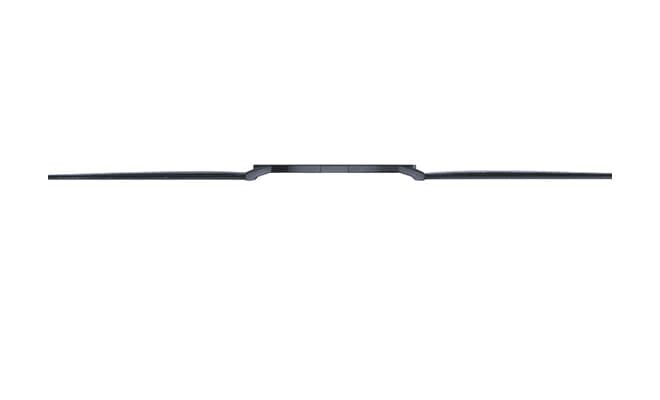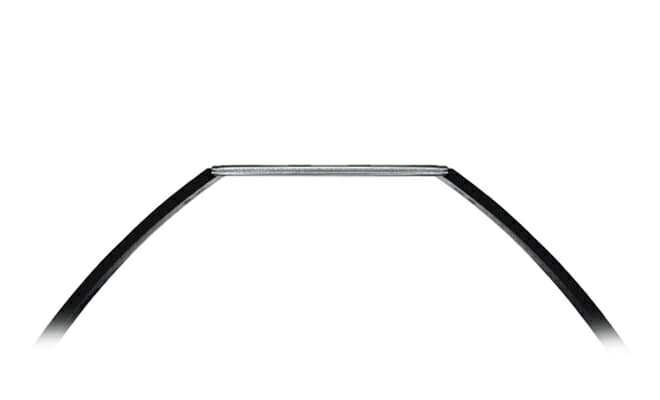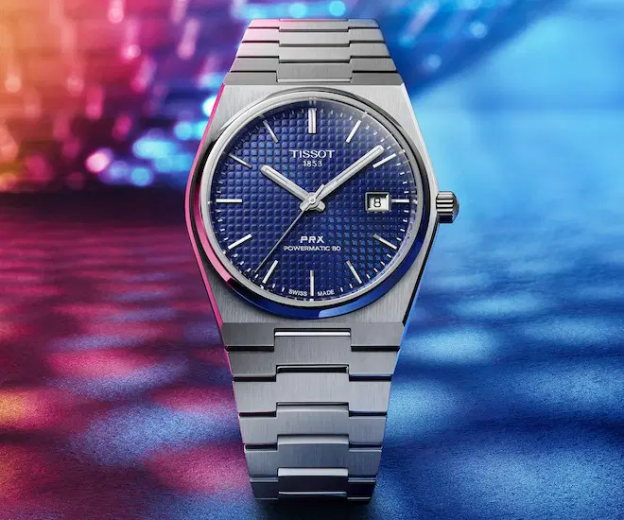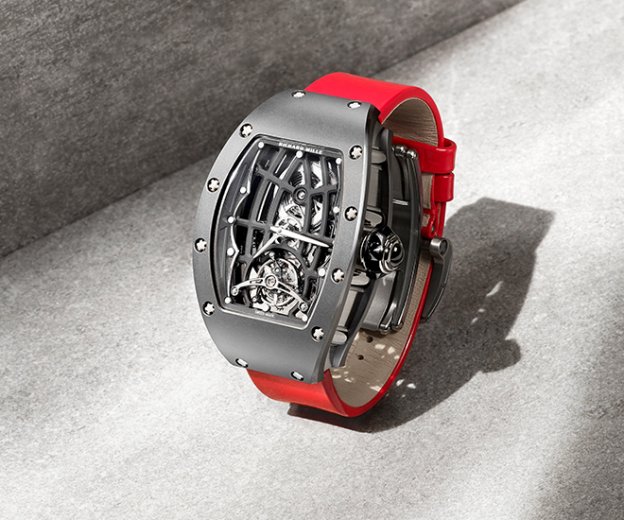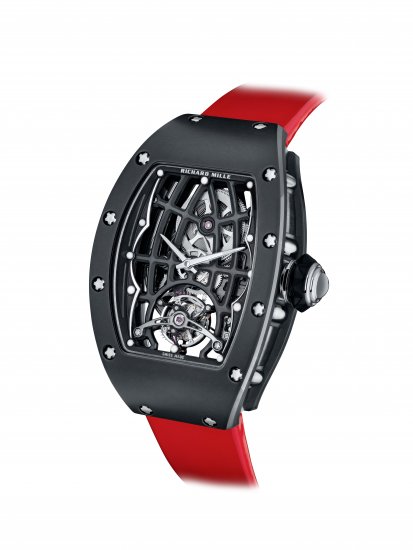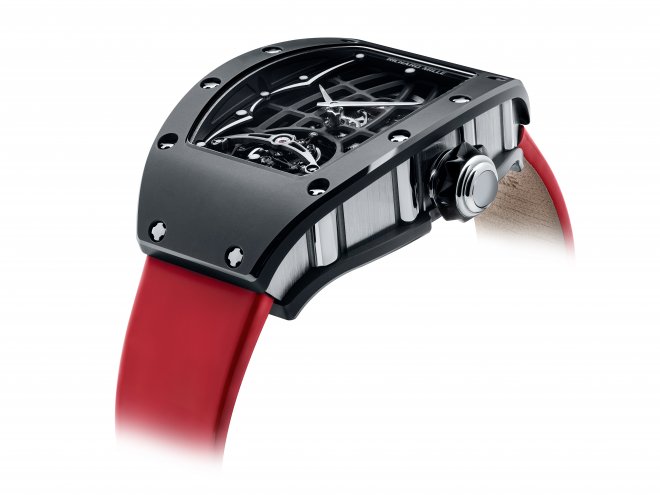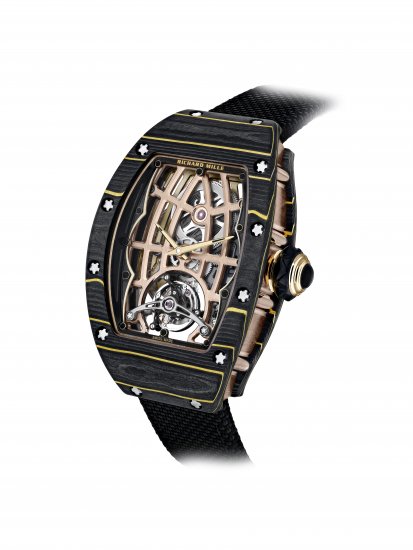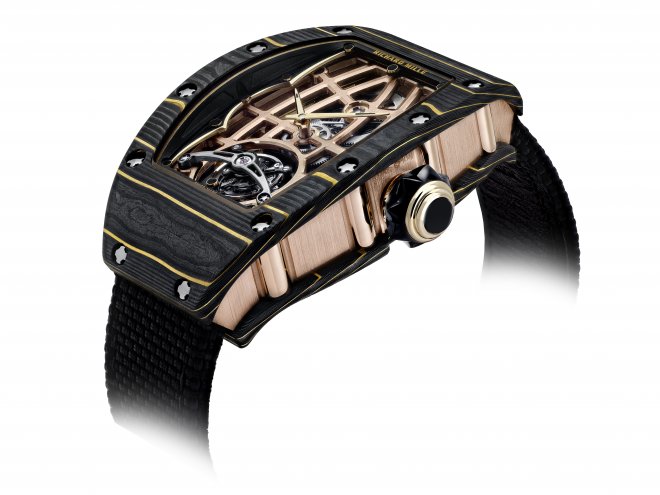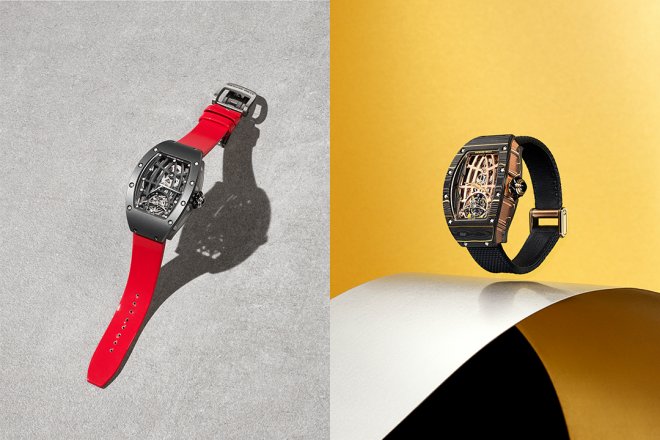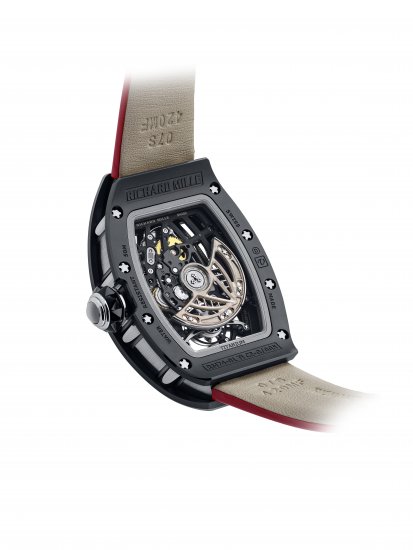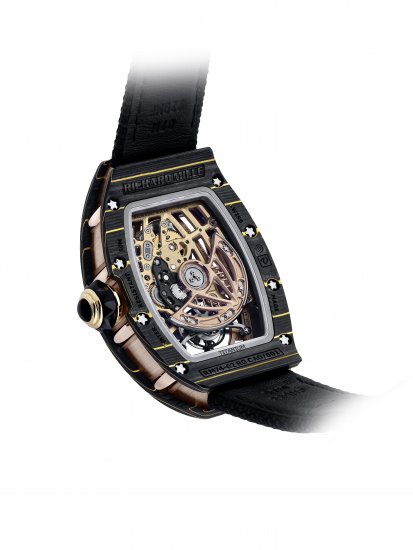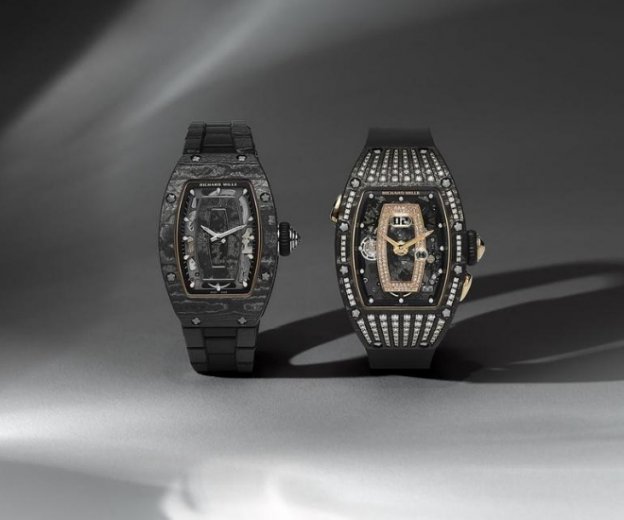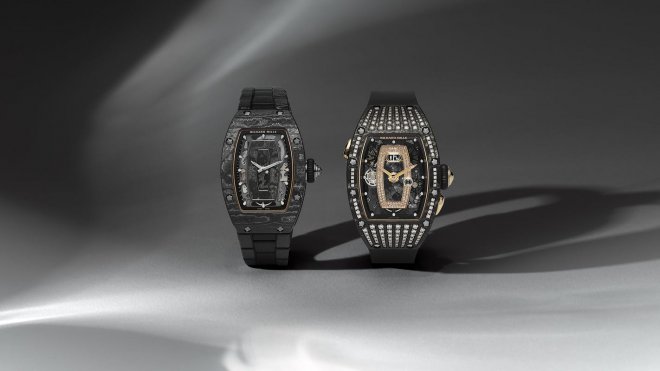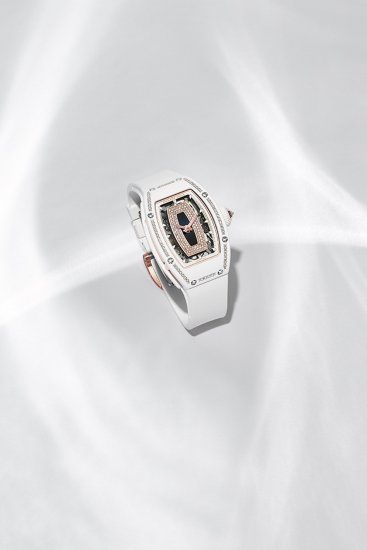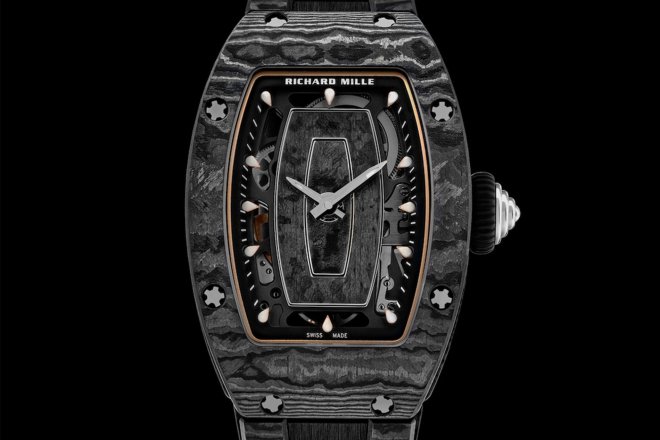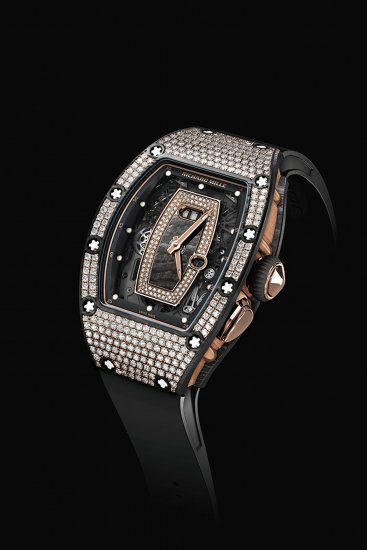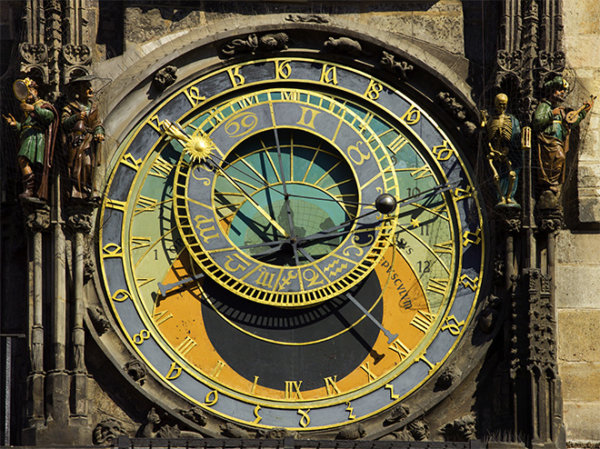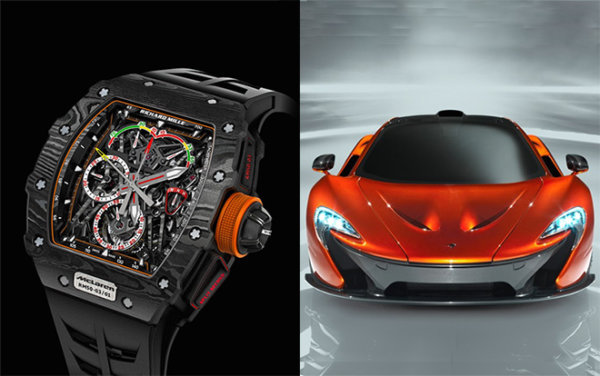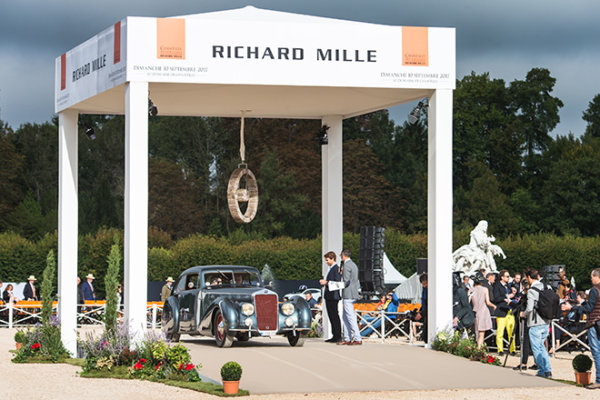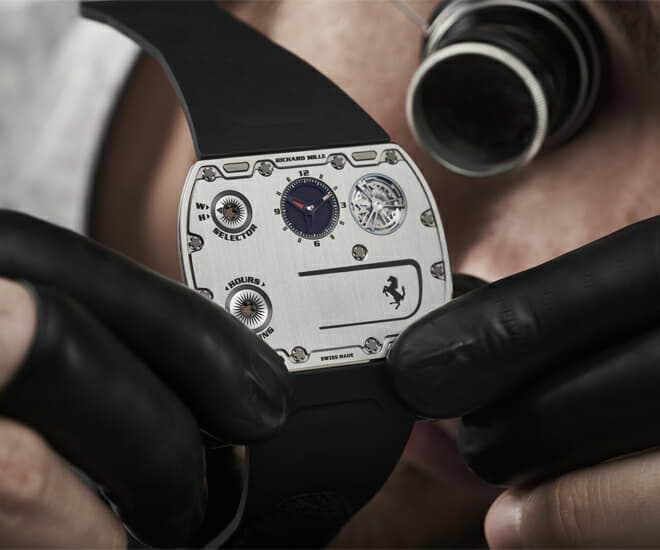
In a year that saw the introduction of the thinnest-ever mechanical wristwatch in the Bvlgari Octo Finissimo Ultra, we now have a new king of thin chic: the Richard Mille RM UP-01 Ferrari. When you add the Piaget Altiplano Ultimate Concept, you find yourself with a trio of watches that are bewildering. If you look at them all together in profile, you will (probably) find yourself scratching your head trying to figure out which one is the thinnest, while being amazed that these are all working watches; we have seen both the Piaget and Bvlgari examples up close and can confirm that they are quite real. Our turn will come with this RM UP-01 Ferrari too.
In all seriousness, you will need callipers or some other professional measurement tool to get the story on the differences in specifications between the RM UP-01 Ferrari, Bvlgari Ultra and Piaget Altiplano Ultimate Concept. One thing we can say for certain is that this fight is far from over, even though we called it for Bvlgari with the Ultra. So, how thin can you go with a mechanical watch? Let us go through the salient specifications for the RM UP-01 first. About that name, although the press notes do not spell it out, it seems likely that UP stands for Ultra Plat, which is French for ultra flat. Most crucially, the watch is just 1.75mm thick, just 0.05mm thinner than the Bvlgari; the Bvlgari Ultra itself bested the Piaget Altiplano Ultimate Concept (AUC for short) by 0.20mm. That amount, by the way, is the thickness of the sapphire crystal on the AUC.
We confess to being a bit less blindsided than most on the appearance of this marvel from Richard Mille. Rumours were swirling even as Bvlgari took its turn in the spotlight, but we did not expect the watch to drop quite so suddenly. To be fair here, Richard Mille is not known for its flat watches — the opposite if anything, although the manufacture does boast a number of ultra-light watches. Honestly, the idea of making a superlight watch that was also ultra-thin, and as sturdy as mechanically possible has filled the editorial team here with enthusiasm for years. In the context of Richard Mille and Ferrari, the analogy here can be found on the racetrack. In other words, the RM UP-01 Ferrari is the equivalent of the fattest, lightest and toughest racing tyre.

On that note, the RM UP-01 is a watch with a movement and a case, unlike its Piaget and Bvlgari peers. This was done to provide a measure of stability and to make water-resistance a reality — it is only 10m here but that is still incredible. By way of comparison, the Bvlgari Ultra has the same water-resistance rating (by the manufacture) while Piaget makes no promises at all about this. For the record, the exposed gears of both the Ultra and the RM UP-01 prompts us to suggest that the watches should be kept away from moisture. Some specialists suggest that 10m water-resistance is not even splash-resistant, but we doubt anyone is going to test these watches.
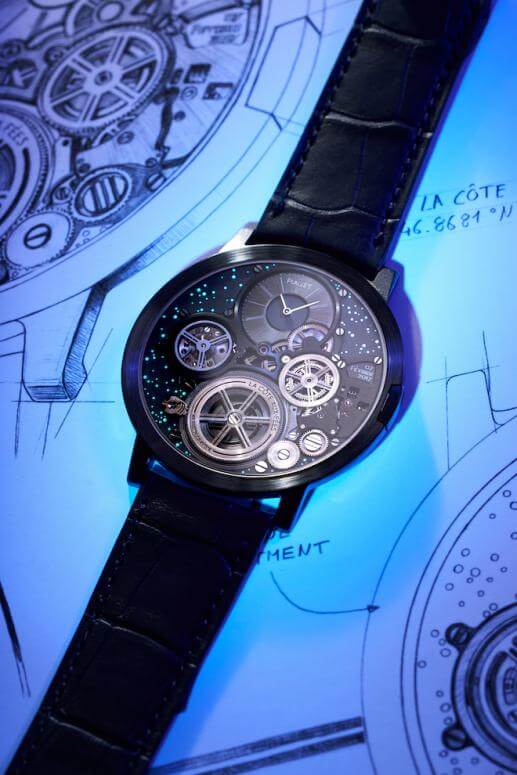
On that note about exposed gears, the RM UP-01 has two apertures on the front of the watch (really a massive bezel framing the time indicator and the exposed escapement) that serve as a function selector (winding and time-setting) and a method to set and wind the watch; calibre RMUP-01 is manual-wind, and can withstand more than 5,000 Gs of acceleration. Richard Mille calls these apertures crowns, and it function that way for sure. However, as Watchfinder & Co notes, they are more like the special systems tha pocket watches once used to wind and set the time prior to Adrien Philippe (of Patek Philippe) inventing the keyless works, and thus introducing the world to the crown.
The official press notes for the watch do not include any notes about special tools needed to work these controls, but it seems probable. In fact, this seems the most logical explanation for how Richard Mille managed to get the watch be water-resistant. No doubt there will be countless debates about whether Richard Mille is using crowns here or not, but this leads to some key differentiating points between the three kings of ultra thin watches.
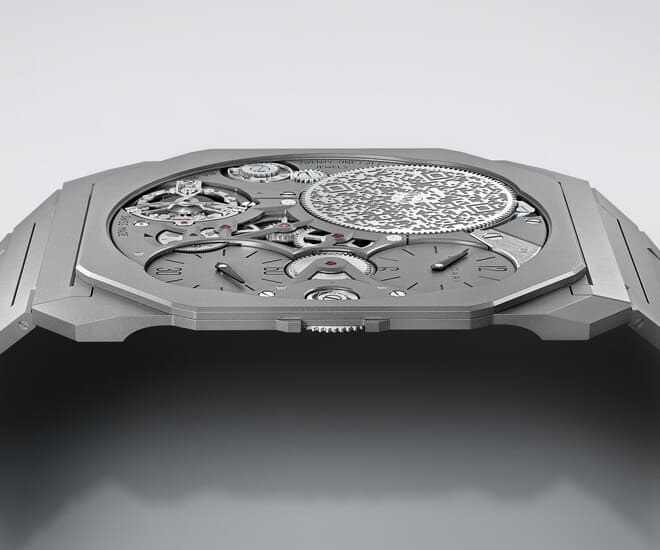
For classicists who prefer their watches round and with a crown, even if that crown is a telescopic wonder of contemporary technology, then the AUC is the thinnest wristwatch. For those who feel like a watch needs a proper case and movement, distinct from each other, and the notional ability to actually be worn, then the RM UP-01 is the thinnest wristwatch. As for the Ultra, it is the true uncrowned champion of ultra thin watches. We like this way of looking at things because it allows each of the three watches (each one an exceptional work of horological art, no matter which way you slice it) to shine.
For more watch reads, click here.
